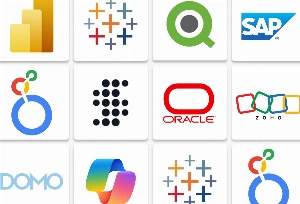User-Friendly Interfaces
A fitness app must be easy to navigate, with intuitive designs that allow users to quickly access features. Clear dashboards, clean layouts, and straightforward tracking options enhance the user experience, ensuring that even beginners can use the app confidently.
Personalization and Customization Options
Users expect apps to cater to their individual fitness goals, whether it’s weight loss, muscle gain, or improved endurance. Features like customized meal plans, workout routines, and progress tracking tailored to personal preferences can turn your application into a highest rated fitness app.
Integration with Wearables and Devices
More and more people use gadgets to track their main health indicators and activity.
Integration with devices allows users to see real-time metrics like heart rate, calories burned, and workout duration directly on their screen during sessions, ensuring they stay on track and make adjustments as needed.
For example, recommendations based on data from the Apple Watch and Health app help users find workouts tailored to their fitness level and goals while Burn Bar feature compares performance with others, adding a motivational, gamified element.
Community and Social Features
Community and social features play a great role in keeping users motivated, engaged, and consistent in their fitness journeys. These features create a sense of accountability and belonging, which can often be the difference between sticking to an exercise routine and giving up. The options are numerous: group challenges, progress sharing, forums, etc.
For example, Strava hosts monthly and seasonal challenges, such as running a specific distance or cycling a set number of kilometers. Completing these challenges often earns users digital badges or other rewards that motivate them to exercise more.
Cost and Subscription Models
Fitness apps use a variety of cost and subscription models to cater to different users.
- Subscription plans are a favorite for those seeking premium features like customized workouts or in-depth progress tracking, with monthly or yearly pricing to fit diverse budgets.
- Freemium models allow users to access basic features for free while offering paid upgrades for things like ad removal or advanced tools.
- Pay-per-use options are ideal for those who prefer to buy individual workout plans or virtual classes instead of committing to a subscription.
- Some apps generate revenue through in-app purchases, like fitness gear or exclusive content, while others rely on ads to keep the basic membership version free.
By offering flexible pricing, fitness apps can appeal to casual users and fitness enthusiasts alike.
How to Choose the Right Fitness App
Choosing the right fitness app requires aligning it with your goals and routine. Start by defining your fitness objectives—whether it's body weight loss, strength training, yoga, or tracking your daily workouts and activity. For example, if you want structured guidance, look for apps that offer personalized workout plans. If you enjoy variety, prioritize apps with diverse workout libraries or live classes. Need motivation? Choose one with community challenges or rewards.
Practicality is key: check compatibility with your devices and whether it integrates with your smartwatch or fitness tracker. Read user reviews to gauge usability and reliability—are the instructions clear? Does the app crash? Many apps offer free trial periods; use them to explore features like progress tracking or real-time feedback before investing in a subscription. Ultimately, the right app is one that fits seamlessly into your schedule, motivates you, and makes fitness feel achievable, not overwhelming.
How to Get the Most Out of Your Fitness App
You can download a world best fitness app but without self-discipline and the right approach, it won’t give you any results.
Motivation comes and goes, but these tips will help you make the most out of top-rated workout apps.
Tips for Maximizing Effectiveness
#1 Setting Realistic Goals
Start by setting achievable fitness targets, such as walking 5,000 steps daily or completing two 20-minute workouts weekly. Unrealistic goals can lead to frustration and burnout, while achievable milestones keep you motivated.
#2 Integrating with Your Daily Routine
Choose times for workouts that align with your lifestyle. If mornings are busy, schedule a 15-minute evening workout instead. Top fitness apps allow you to customize schedules that sync with your calendar, helping to make fitness an effortless part of your day.
#3 Track Your Progress
Monitoring metrics such as weight, steps, calories burned, or workout duration keeps you on track. Fitness and workout apps like Fitbit or Apple Fitness+ display your performance trends, helping you visualize your journey.
#4 Use Notifications Wisely
Enable reminders for essential activities like hydration, workout times, or meal prepping. However, avoid overloading yourself with notifications that might lead to app fatigue. For example, set a single daily sessions reminder for your workout instead of multiple alerts throughout the day.
#5 Engage in Challenges
Top workout apps offer fitness challenges, like completing a set number of workouts in a month. Joining these can boost motivation and make exercising more enjoyable.
#6 Sync with Wearables
Pairing your app with a fitness tracker or smartwatch improves accuracy in tracking data like heart rate, steps, or calories burned and keeps you motivated to reach your goals during the day.
#7 Celebrate Small Wins
Acknowledge even the smallest achievements, such as completing a week of workouts or hitting a new personal best. You can also share your results with friends and the app community to cheer yourself up.
Summary
We started seeing our health as an investment. Just like financial planning, staying fit and healthy requires thought, research, and consistency.
By using fitness technology and taking a proactive approach to our well-being, we can enjoy longer, healthier lives while potentially reducing long-term healthcare costs. Just find your favorite workout app and start doing it. Whether you want personal coaching, exercise bikes, demand classes, high-intensity interval training, bodyweight workouts, or an exceptional food database, there is one for every type of workout.
Don’t hesitate to contact inVerita if you are looking for a software vendor to build your own application or upgrade the existing software.

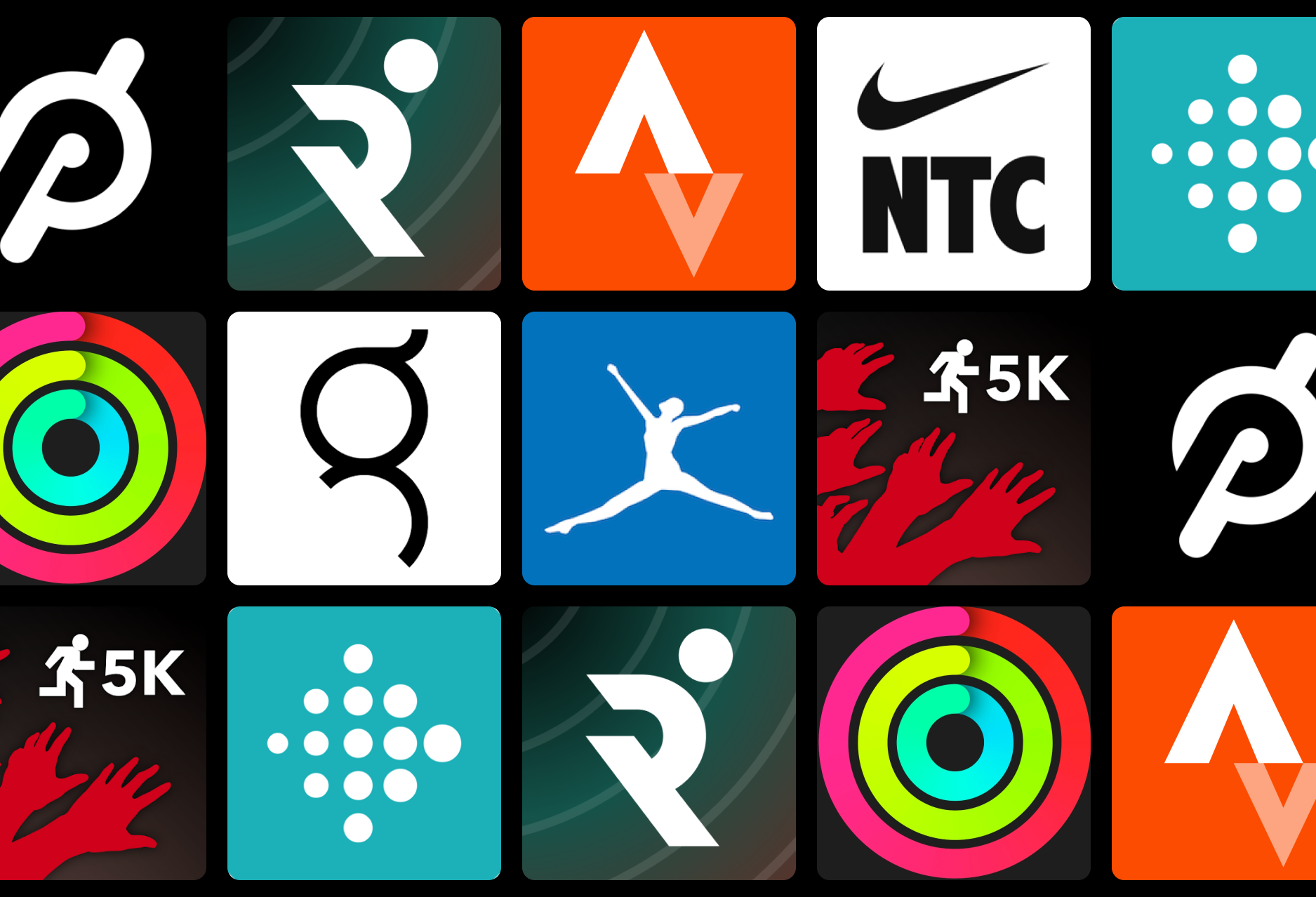

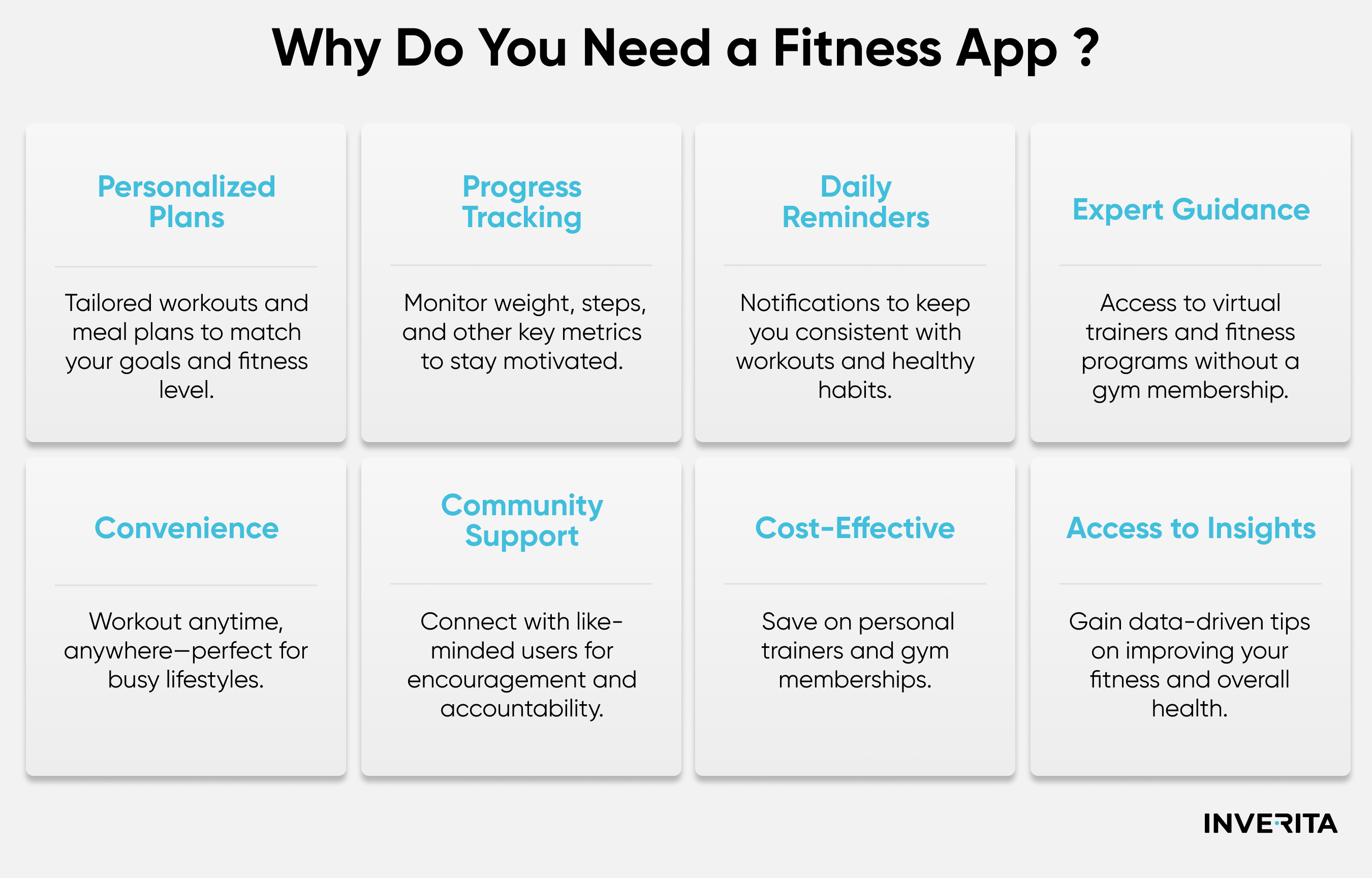
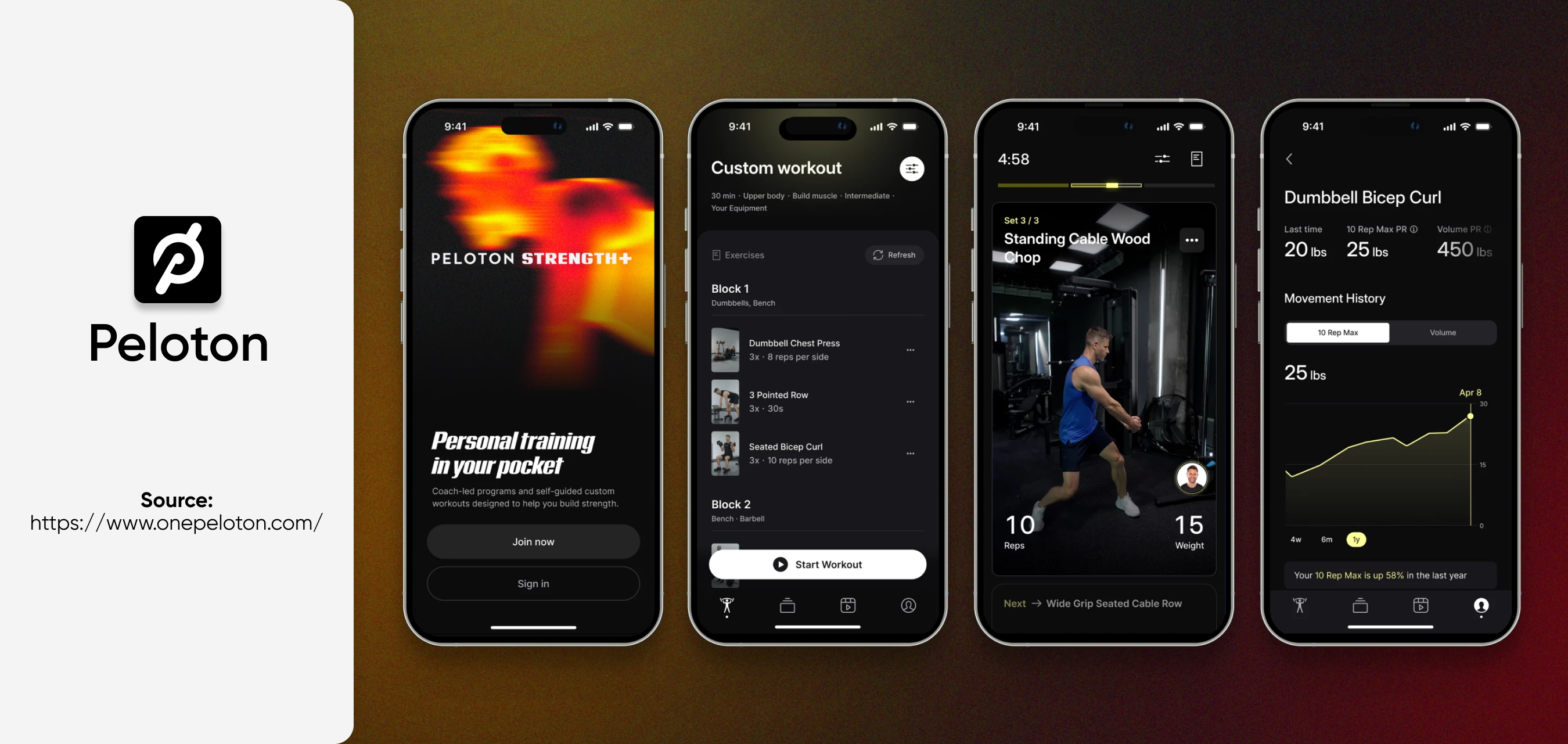
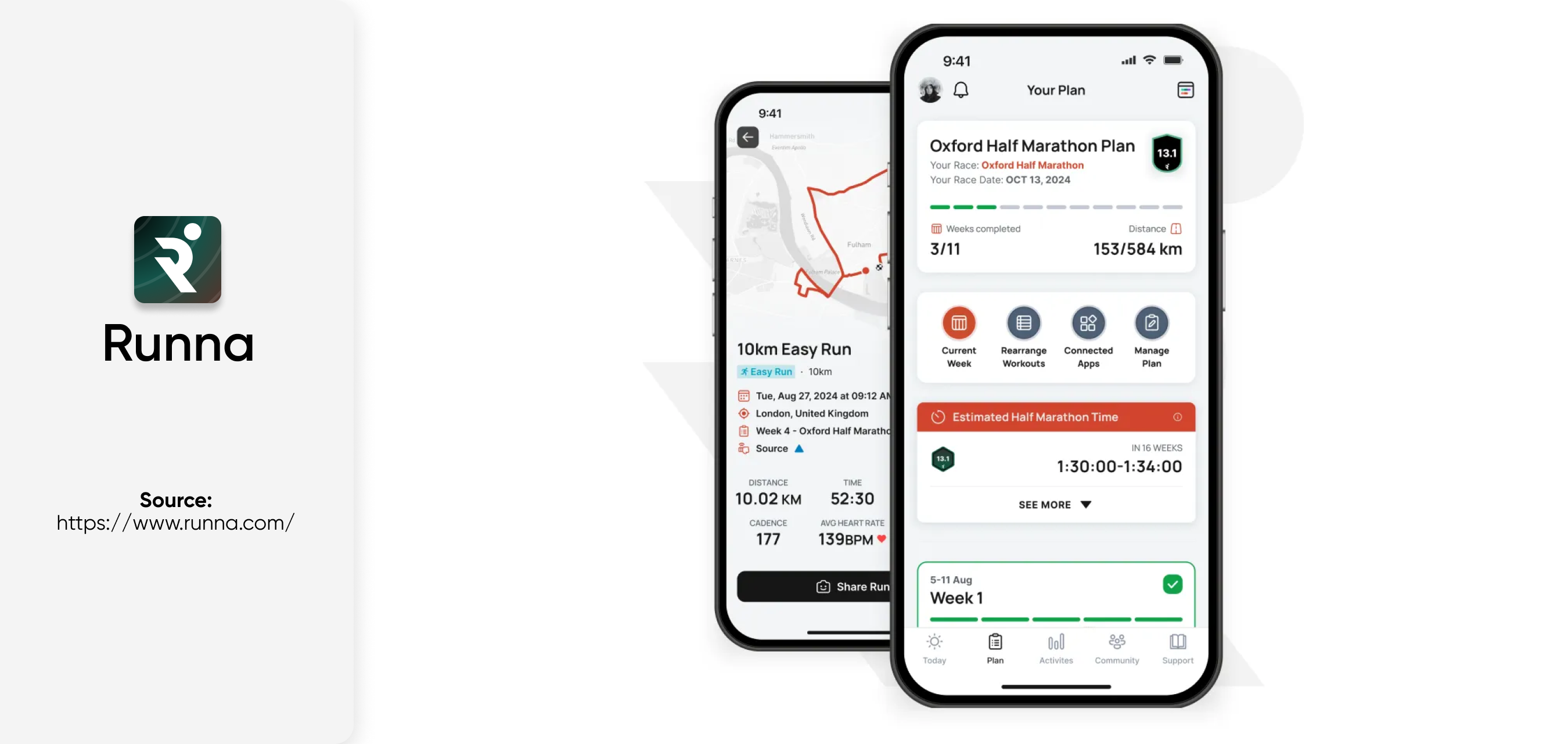
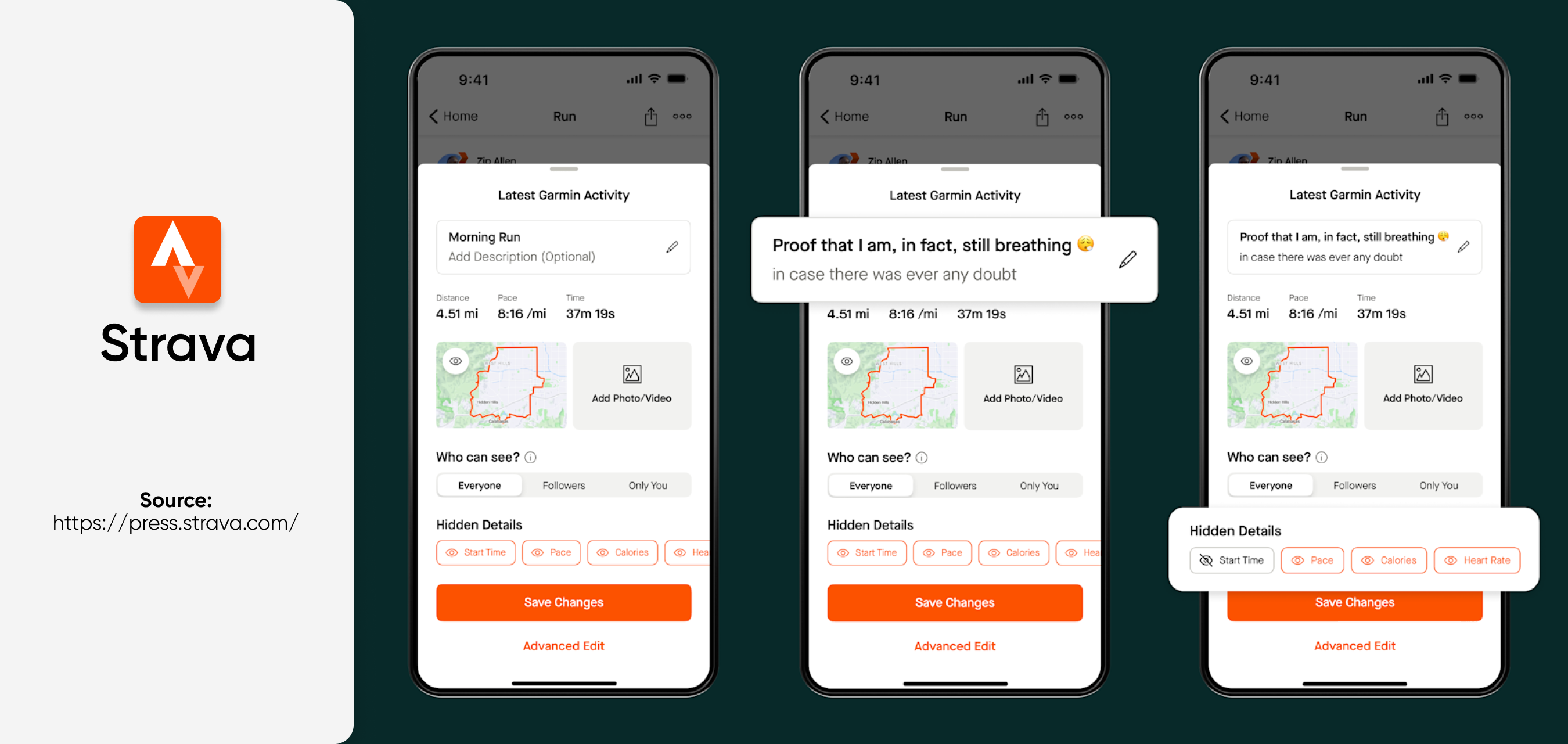
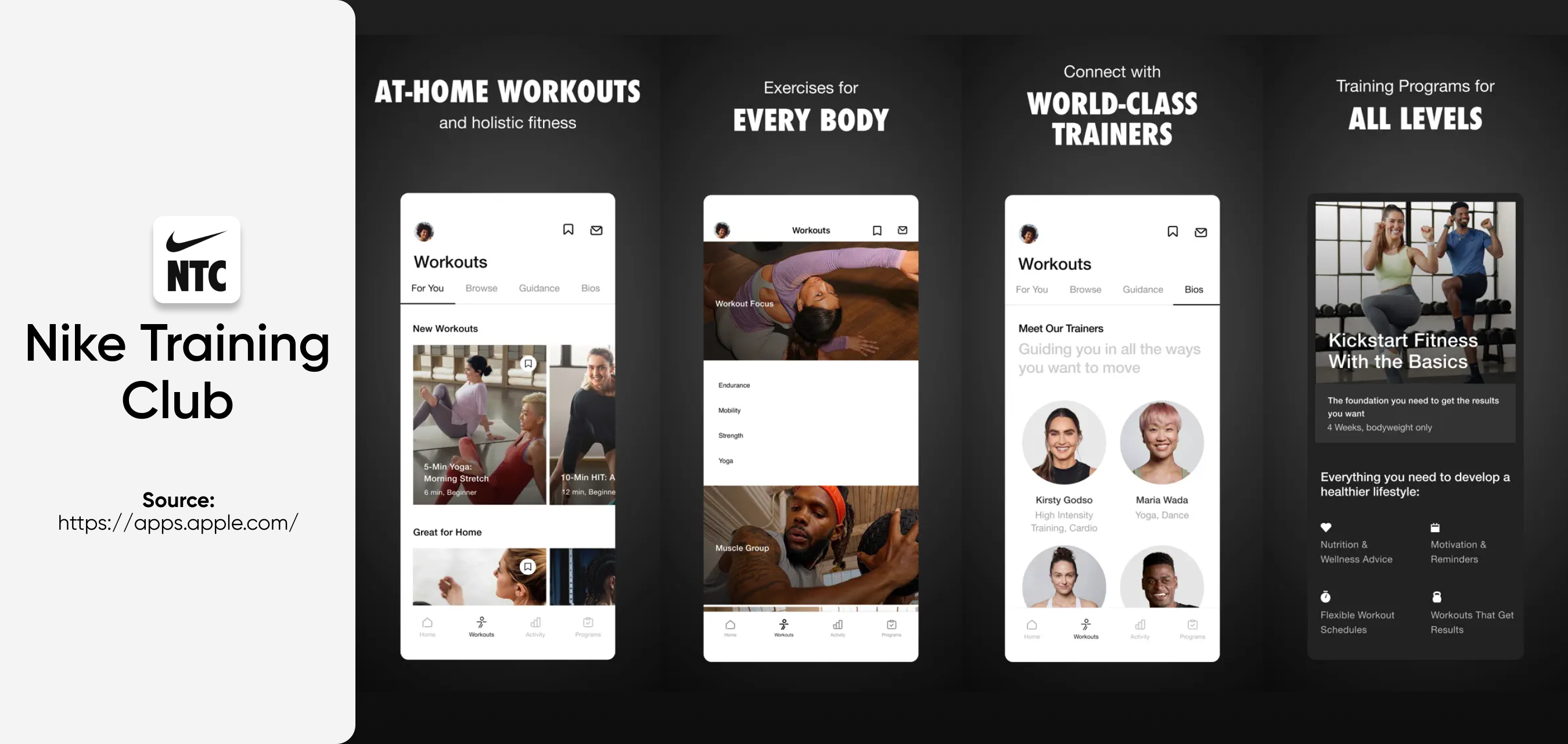
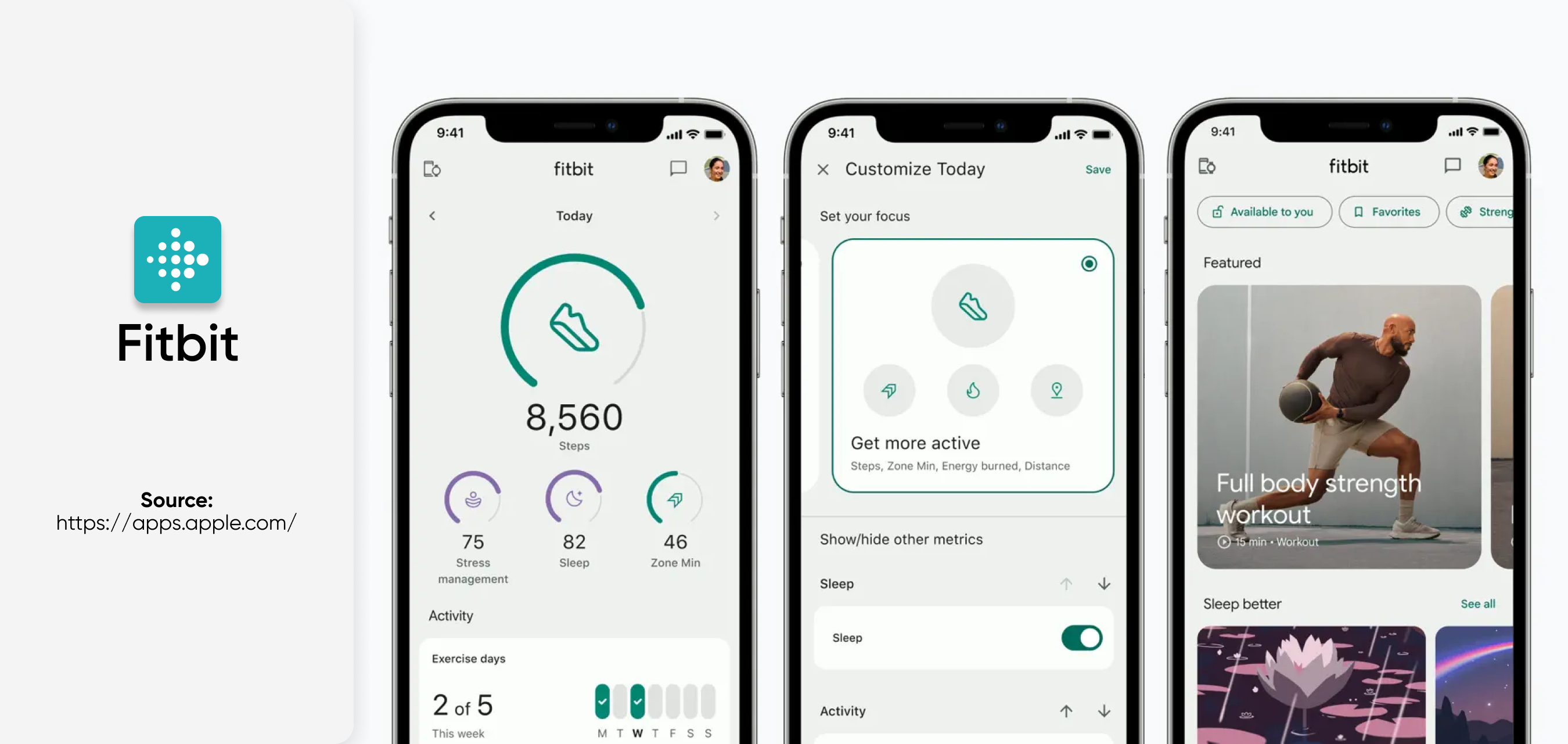
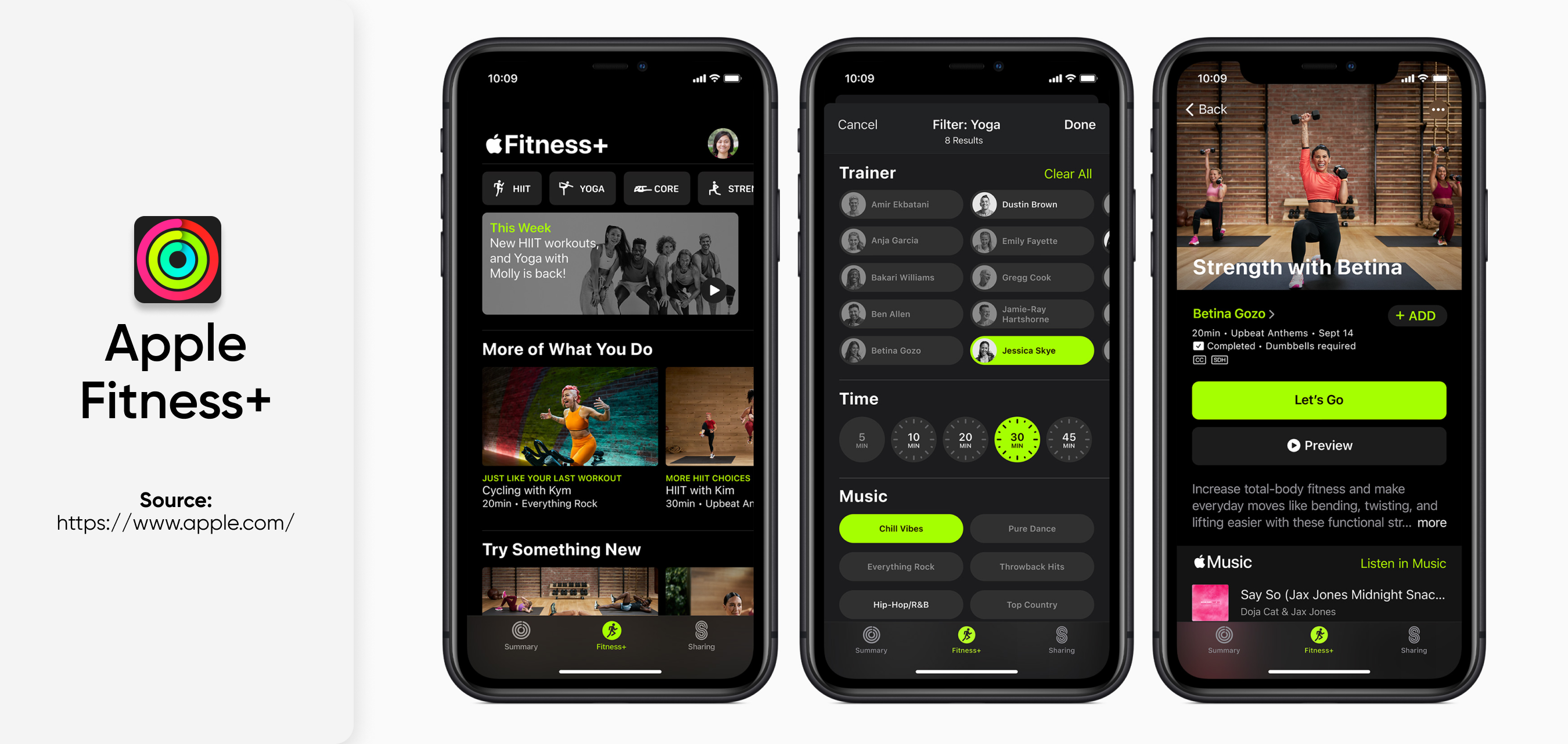
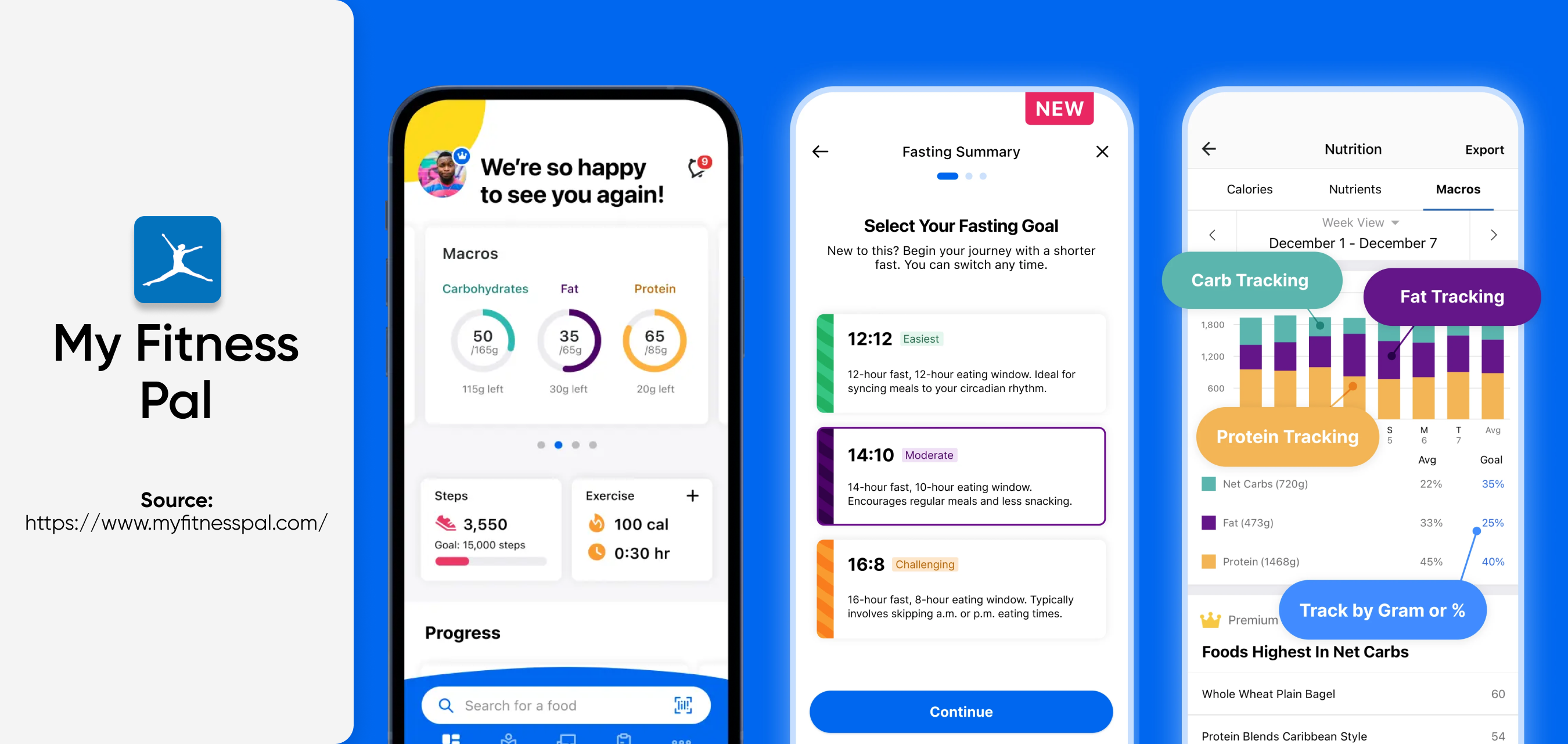
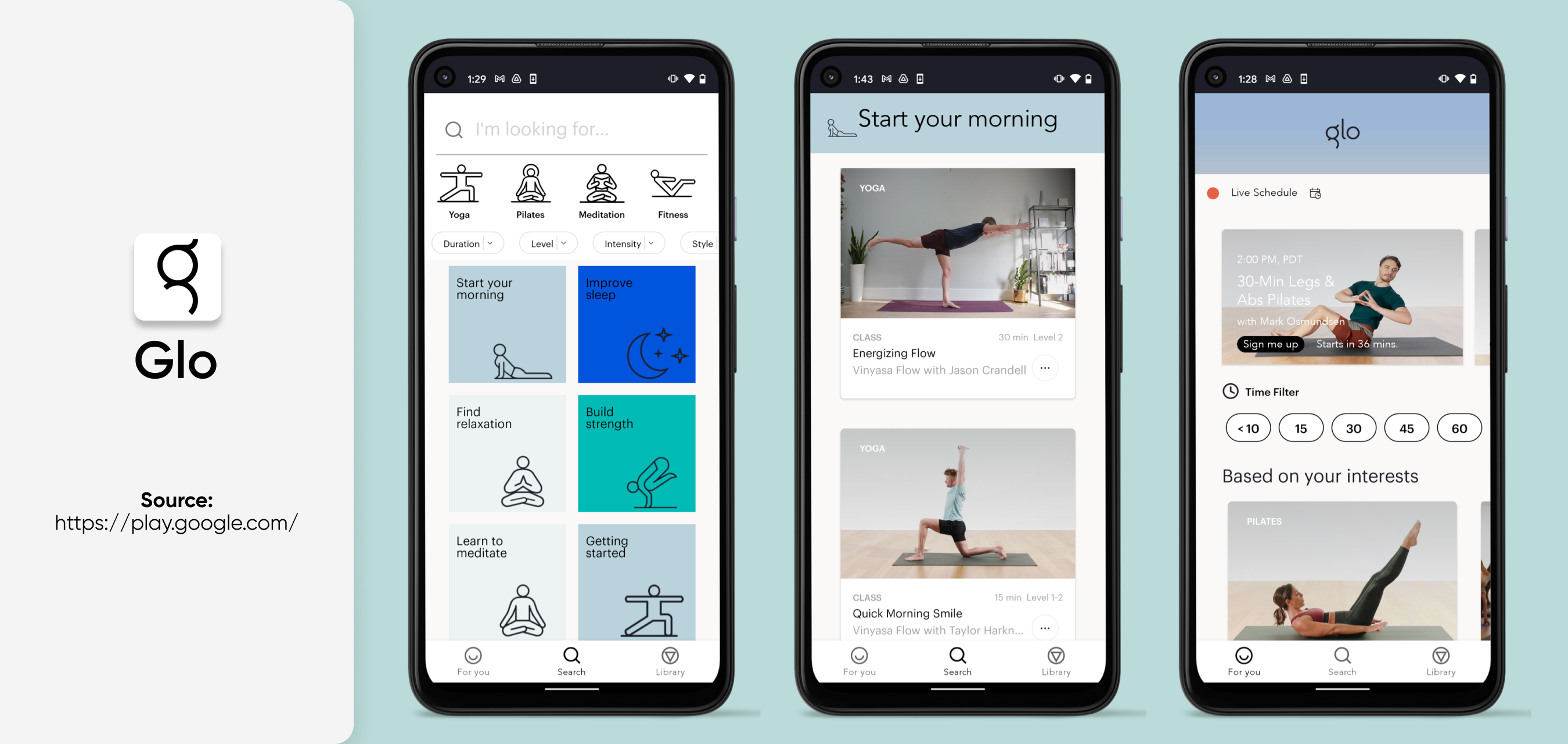
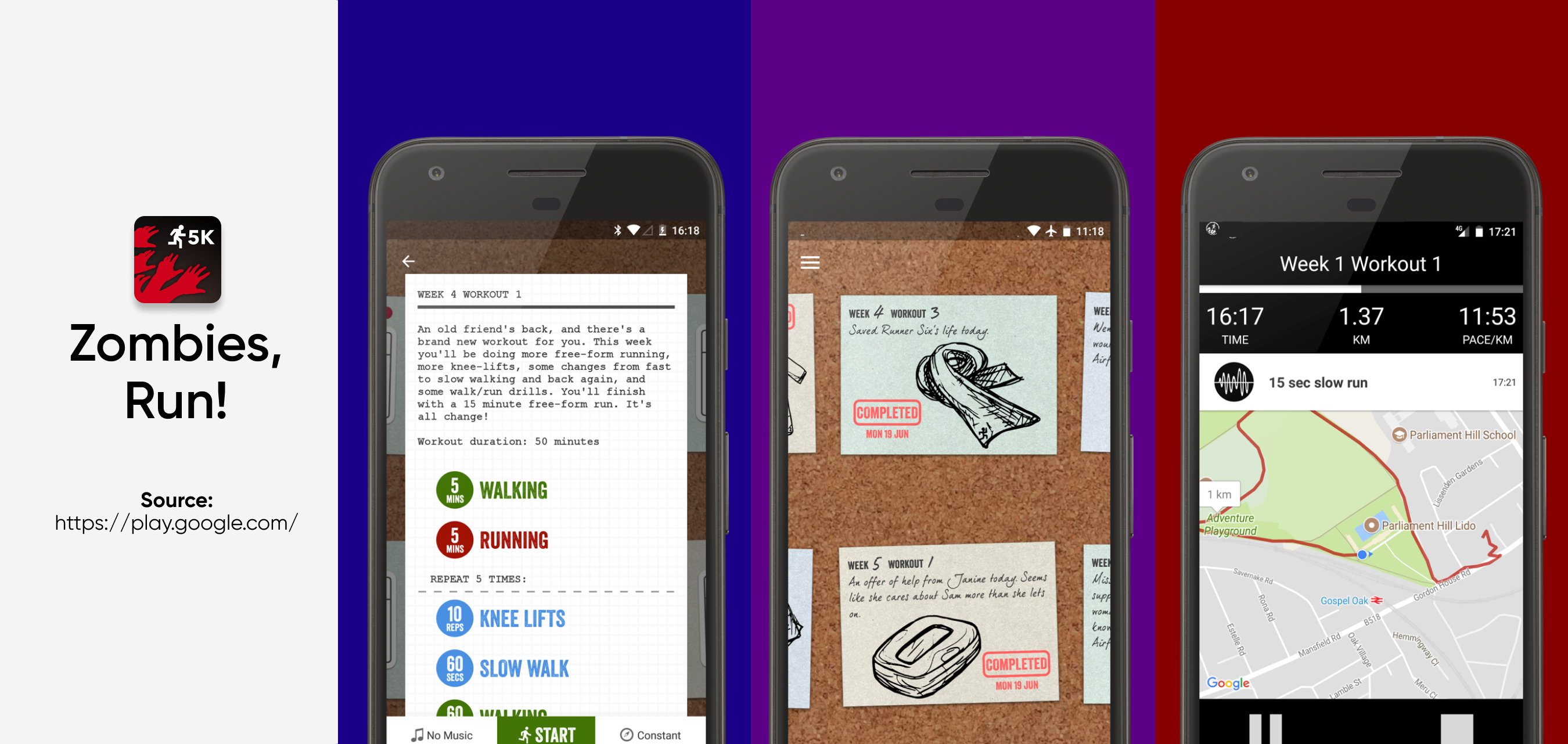
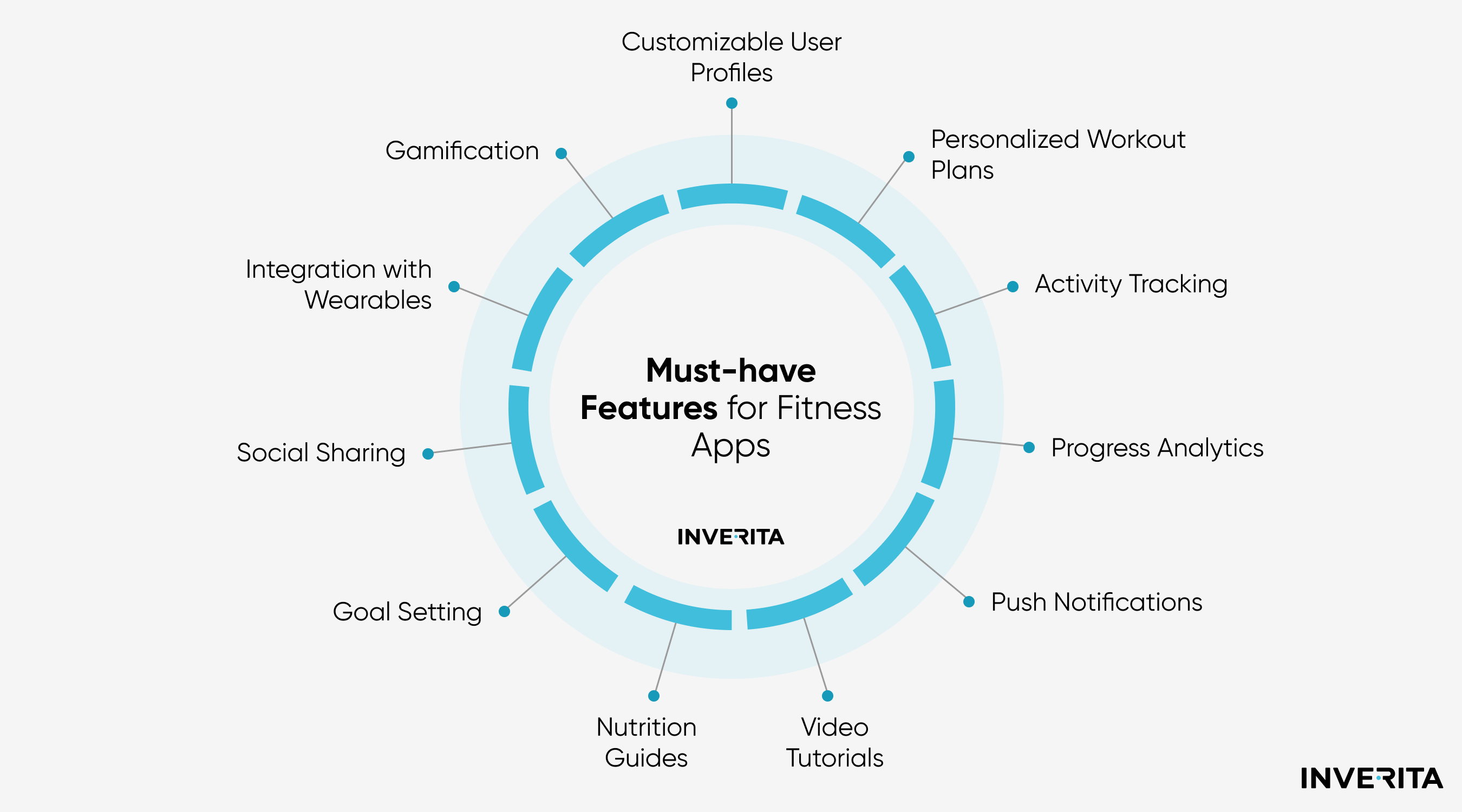
_1764586939-small.webp)
